How Do Companies Use Pay Per Click Advertising?
Welcome to the world of digital advertising! So, you’re curious about how companies use Pay Per Click Advertising? Well, you’ve come to the right place!
Imagine this: companies want to get their message out to potential customers, and they need a way to do it quickly and effectively. That’s where Pay Per Click (PPC) advertising comes in. It’s like a virtual billboard that appears when people search for specific keywords on search engines like Google.
Here’s the cool part: companies only have to pay when someone actually clicks on their ad, hence the name “Pay Per Click.” It’s a win-win situation! Companies get their ads seen by interested customers, and users get to see relevant ads while searching for what they need. So, let’s dive deeper into how companies use PPC advertising to grow their business!
1. Set Campaign Goals: Determine what you want to achieve with your PPC ads.
2. Keyword Research: Identify the keywords relevant to your business.
3. Create Compelling Ads: Craft engaging ad copy that entices users to click.
4. Set Budget and Bid Strategy: Allocate a budget and decide how much you’re willing to pay per click.
5. Monitor and Optimize: Regularly analyze campaign performance and make adjustments for better results.
How Do Companies Use Pay Per Click Advertising?
Pay per click (PPC) advertising has become an invaluable tool for companies looking to increase their online visibility and drive targeted traffic to their websites. In this article, we will explore the various ways in which companies utilize PPC advertising to promote their products and services, reach their target audience, and achieve their marketing objectives. From keyword research and ad creation to campaign management and optimization, we will delve into the strategies and tactics companies employ to make the most of their PPC advertising efforts. So without further ado, let’s dive into the world of pay per click advertising and see how companies leverage this powerful marketing tool.
1. Conducting Keyword Research
Keyword research is the foundation of any successful PPC advertising campaign. Companies start by identifying the keywords and search terms that are relevant to their industry, products, or services. By uncovering the keywords that potential customers are using to find information related to their offerings, companies can ensure their ads are displayed to the right audience. Keyword research tools, like Google Keyword Planner and SEMrush, are invaluable resources in this process. Companies look for keywords with a high search volume, low competition, and relevance to their target market. Armed with this information, they can build effective PPC campaigns that align with the search intent of their audience.
Once companies have identified their target keywords, they can create compelling and relevant ad copy that incorporates these keywords. This allows them to maximize their visibility and increase the chances of attracting clicks from potential customers. Furthermore, by optimizing their website content to include these keywords, companies can improve their organic search rankings, reinforcing the impact of their PPC efforts.
Benefits of Effective Keyword Research
– Improved targeting: By conducting thorough keyword research, companies can ensure their ads are displayed to the right audience, increasing the likelihood of attracting qualified leads.
– Cost-effectiveness: By targeting specific keywords with lower competition, companies can often secure ad placements at a lower cost per click, stretching their advertising budget further.
– Enhanced organic search visibility: Incorporating target keywords into website content can improve organic search rankings, resulting in increased visibility and traffic outside of paid advertising.
2. Creating Compelling Ad Copy
Once companies have identified their target keywords, it’s time to create compelling ad copy that entices users to click. Effective ad copywriting is a blend of creativity and strategy, aiming to grab the attention of users and communicate the value proposition of the product or service being advertised. Companies often focus on crafting attention-grabbing headlines, concise and impactful descriptions, and strong calls to action.
In addition to the copy, companies can also include ad extensions, which provide additional details and opportunities for users to engage with the ad. Ad extensions can include features like site links, call extensions, location extensions, and more, depending on the specific goals of the campaign and the available extensions provided by the advertising platform.
Tips for Creating Compelling Ad Copy
– Keep it concise: Use clear and concise language to convey your message efficiently and effectively.
– Highlight unique selling points: Showcase what sets your product or service apart from the competition to entice users to click.
– Use a strong call to action: Encourage users to take the desired action, whether it’s making a purchase, signing up for a newsletter, or requesting a quote.
3. Managing and Optimizing PPC Campaigns
Once the PPC campaigns are live, companies must actively manage and optimize them to maximize their effectiveness. This involves monitoring key metrics like click-through rates (CTR), conversion rates, cost per click (CPC), and return on ad spend (ROAS). By analyzing these metrics, companies can identify areas of improvement and make data-driven decisions to optimize their campaigns.
Companies regularly optimize their campaigns by adjusting bid strategies, refining targeting parameters, and testing different ad variations to determine which perform best. They may also leverage advanced features such as retargeting, which displays ads to users who have previously interacted with their website or expressed interest in their products or services. Additionally, companies closely monitor the performance of their campaigns across different devices, locations, and demographics, making adjustments as needed to ensure their ads are reaching the most relevant audience.
Tips for Managing and Optimizing PPC Campaigns
– Track and analyze metrics: Regularly monitor key metrics to identify areas of improvement and optimize campaign performance.
– Test and iterate: Test different ad variations, targeting parameters, and bidding strategies to find the winning combination.
– Take advantage of advanced features: Explore advanced targeting options like retargeting to engage with users who have already shown interest in your offerings.
4. Leveraging Landing Pages and Conversion Tracking
To maximize the effectiveness of their PPC campaigns, companies often create dedicated landing pages that align with the messaging and offer presented in their ads. Landing pages are designed to provide a seamless user experience and guide visitors towards the desired conversion goal, whether it’s making a purchase, filling out a form, or subscribing to a newsletter. By ensuring a cohesive journey from ad to landing page, companies can increase the likelihood of conversions and improve the overall return on investment (ROI) of their PPC campaigns.
To measure and track conversions, companies implement conversion tracking mechanisms. These can range from setting up goals in Google Analytics to using tracking pixels provided by advertising platforms. By accurately tracking conversions, companies can attribute success to specific campaigns, keywords, and ads, enabling them to optimize their marketing efforts further.
Benefits of Leveraging Landing Pages and Conversion Tracking
– Improved conversion rates: Dedicated landing pages that align with ad messaging can result in higher conversion rates.
– Enhanced data analysis: Conversion tracking allows companies to measure the effectiveness of their campaigns, optimize their marketing strategies, and allocate resources more efficiently.
5. Expanding Reach with Display and Remarketing Campaigns
While search-based PPC advertising is highly effective, companies can expand their reach by incorporating display advertising and remarketing campaigns into their PPC strategy. Display advertising allows companies to showcase their ads on websites within a network of participating publishers, reaching a wider audience beyond search engine results. Remarketing campaigns target users who have previously interacted with their website by displaying personalized ads across various platforms. By staying top of mind and re-engaging with past visitors, companies can increase brand awareness and entice users to revisit their website and convert.
Benefits of Display and Remarketing Campaigns
– Increased brand exposure: Display advertising and remarketing campaigns increase brand visibility, allowing companies to reach a broader audience.
– Improved engagement: By re-engaging with past visitors, remarketing campaigns keep the company’s offerings fresh in users’ minds, increasing the likelihood of conversion.
Understanding the Benefits of PPC Advertising
1. Instant Visibility and Increased Website Traffic
One of the primary benefits of PPC advertising is its ability to provide companies with instant visibility in the search engine results pages (SERPs) or on websites within the display network. Unlike other strategies like search engine optimization (SEO), which require time to build up organic rankings, PPC ads can appear at the top of the search results almost immediately. This instant visibility allows companies to drive targeted traffic to their websites and generate leads or sales from day one.
2. Highly Targeted Advertising
PPC advertising offers a high level of targeting, allowing companies to showcase their ads to the most relevant audience. With options to target based on keywords, demographics, location, and more, companies can ensure their ads are displayed to users who are most likely to be interested in their products or services. This targeted approach increases the chances of attracting qualified leads and improves overall campaign efficiency.
3. Cost Control and Flexible Budget Allocation
PPC advertising provides companies with full control over their budget and spending. They can set daily or monthly budgets, ensuring they only spend what they can afford. Additionally, companies have the flexibility to adjust their budgets, bids, and targeting parameters based on campaign performance, market conditions, and business goals. This agility allows companies to optimize their advertising efforts and allocate resources where they see the best return on investment.
4. Measurable Results and Data-driven Decision Making
Unlike traditional advertising methods where it can be challenging to measure the impact and effectiveness, PPC advertising provides detailed analytics and metrics to track campaign performance. Companies can measure key performance indicators such as click-through rates, conversion rates, impressions, and cost per conversion. Armed with this data, companies can make data-driven decisions to optimize their campaigns, allocate resources effectively, and achieve their marketing objectives.
Conclusion
PPC advertising is a powerful tool that companies can leverage to increase their online visibility, drive targeted traffic, and achieve their marketing goals. By conducting thorough keyword research, creating compelling ad copy, managing and optimizing campaigns, leveraging landing pages and conversion tracking, and exploring additional strategies like display advertising and remarketing, companies can make the most of their PPC efforts. With the ability to instantly reach their target audience, high level of targeting and budget control, and measurable results, PPC advertising offers significant benefits for companies looking to grow their online presence and drive conversions. So, take advantage of this valuable marketing tool and watch your business soar to new heights.
Key Takeaways: How Do Companies Use Pay Per Click Advertising?
- Pay per click advertising is a marketing strategy where companies pay for each click on their ads.
- Companies use pay per click advertising to drive targeted traffic to their websites.
- Pay per click advertising allows companies to reach a wider audience and increase brand visibility.
- By using specific keywords, companies can target potential customers who are actively searching for their products or services.
- Pay per click advertising provides measurable results, allowing companies to track the success of their campaigns and make necessary adjustments.
Frequently Asked Questions
Are you curious about how companies utilize pay per click advertising to boost their business? Look no further! We have the answers to your burning questions right here.
1. How does pay per click advertising work?
Pay per click advertising works by allowing companies to bid on specific keywords or phrases that are relevant to their products or services. When a user searches for those keywords, the company’s ad may appear at the top of the search results. The company is only charged when a user clicks on their ad, hence the name “pay per click.” This targeted approach allows companies to reach potential customers who are actively searching for what they offer, maximizing their chances of making a sale.
Additionally, pay per click advertising platforms often provide tools for companies to track their ad performance, measure the return on investment, and make adjustments to optimize their campaigns over time. This level of control and flexibility makes pay per click advertising a valuable tool for businesses of all sizes.
2. What are the advantages of using pay per click advertising?
One of the main advantages of pay per click advertising is its immediate impact. Unlike other forms of advertising that may take time to generate results, pay per click ads can start delivering traffic and potential customers to a company’s website almost instantly. This makes it especially useful for businesses looking to quickly boost their online presence or generate sales.
Furthermore, pay per click advertising offers precise targeting options. Companies can choose specific keywords, demographics, locations, and even the time of day to display their ads, ensuring their marketing budget is spent on reaching the right audience. This level of control allows for better optimization and ensures a higher return on investment.
3. How can companies measure the success of their pay per click advertising campaigns?
Companies can measure the success of their pay per click advertising campaigns by analyzing various metrics. One key metric is click-through rate (CTR), which shows the percentage of users who clicked on the ad after seeing it. A high CTR indicates that the ad is relevant and appealing to the target audience.
Conversion rate is another important metric to consider. This measures the percentage of users who took a desired action on the company’s website, such as making a purchase or filling out a contact form. A high conversion rate demonstrates that the ad is not only driving traffic but also converting that traffic into actual customers. Other metrics to consider include cost per click, cost per acquisition, and return on ad spend.
4. How can companies create effective pay per click ads?
To create effective pay per click ads, companies should start by conducting thorough keyword research to identify the most relevant and valuable keywords for their business. They should then create compelling ad copy that entices users to click. The ad copy should be concise, highlighting the unique selling propositions and benefits of the products or services offered.
In addition to compelling copy, companies should also consider incorporating engaging visuals, such as eye-catching images or videos, to capture users’ attention. It’s important to continuously test and refine ads to find the optimal combination of keywords, ad copy, and visuals that generate the best results. A/B testing can be performed by running multiple variations of ads simultaneously and comparing their performance to determine which ones resonate the most with the target audience.
5. How does pay per click advertising complement other marketing strategies?
Pay per click advertising can complement other marketing strategies by driving targeted traffic to a company’s website, which can then be leveraged in other ways. For example, if a company is running a content marketing campaign, pay per click ads can be used to drive traffic to specific blog posts or landing pages to increase visibility and engagement. Similarly, pay per click advertising can be integrated with social media marketing efforts, where ads can be targeted to specific demographics based on user interests and behaviors.
When used in conjunction with other strategies, pay per click advertising becomes a powerful tool for expanding a company’s reach, increasing brand awareness, and generating leads or sales. It provides an additional avenue to connect with potential customers and reinforce messaging across multiple channels.
Pay-Per-Click-Advertising Explained For Beginners
Summary
Pay per click advertising helps companies reach more people online and increase their website traffic.
Companies create ads, bid for keywords, and pay only when someone clicks on their ad.
This method allows companies to target specific audiences and track their advertising performance.
Overall, pay per click advertising is a cost-effective and measurable way for companies to grow their business online.

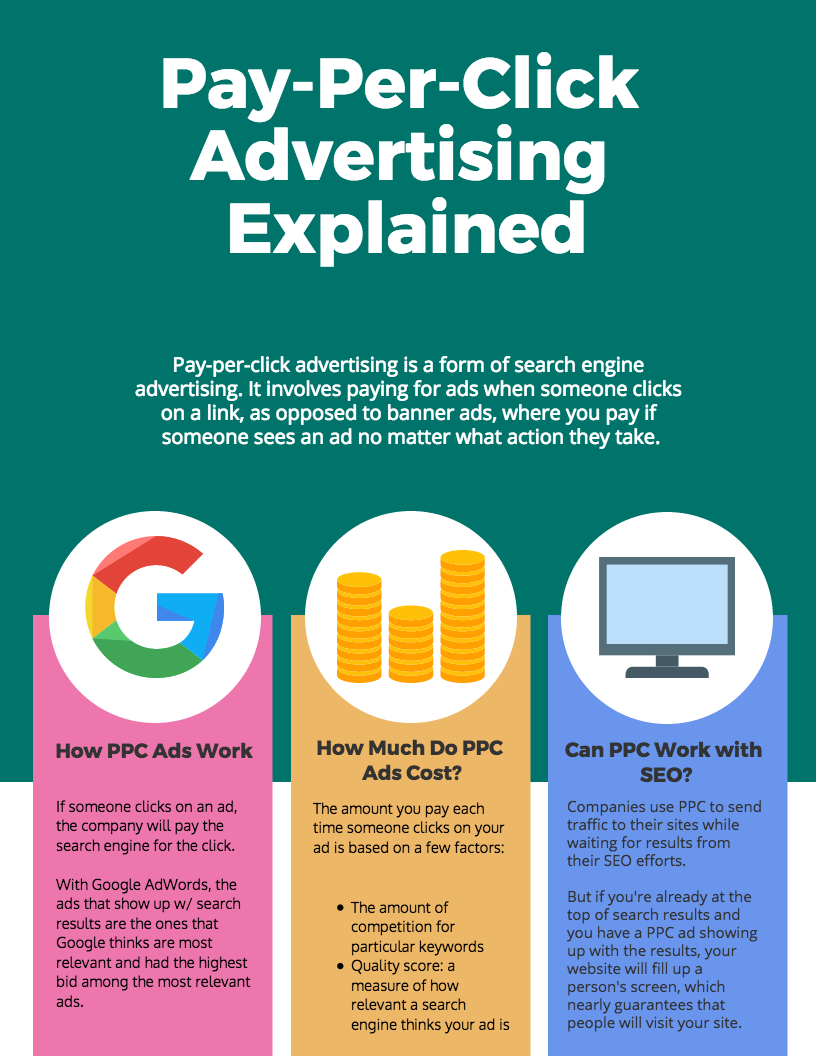
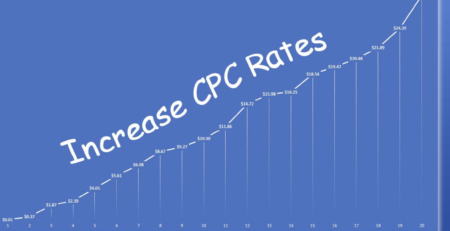
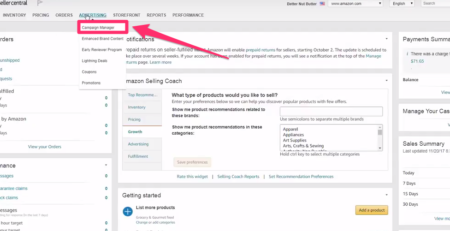
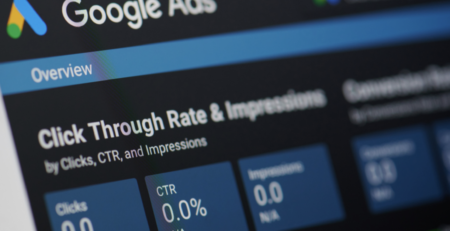
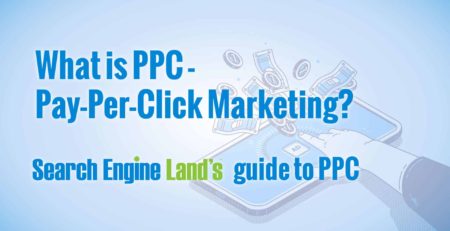
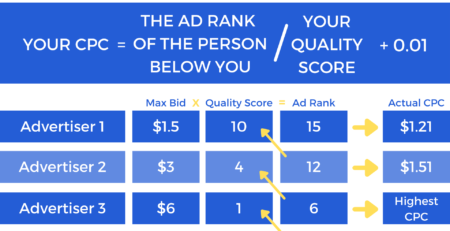
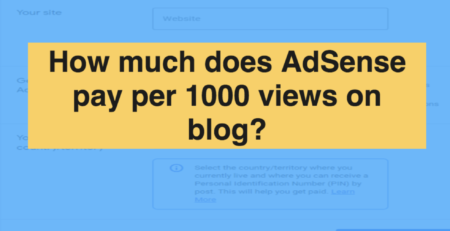
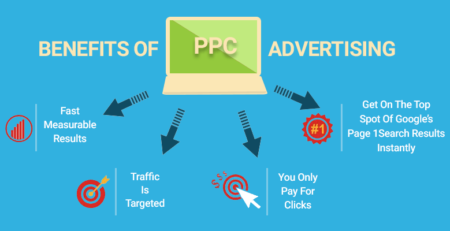
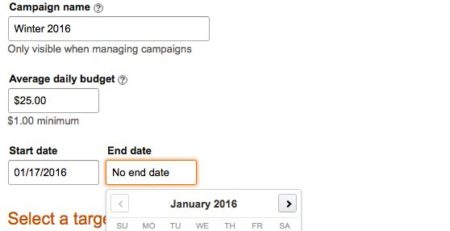
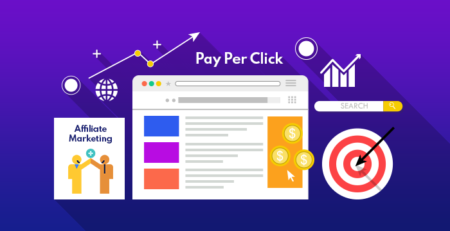
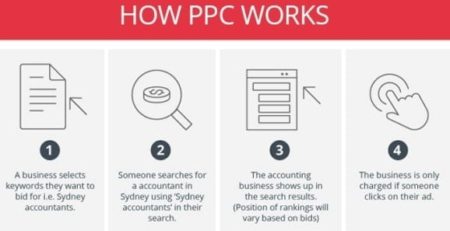
Leave a Reply